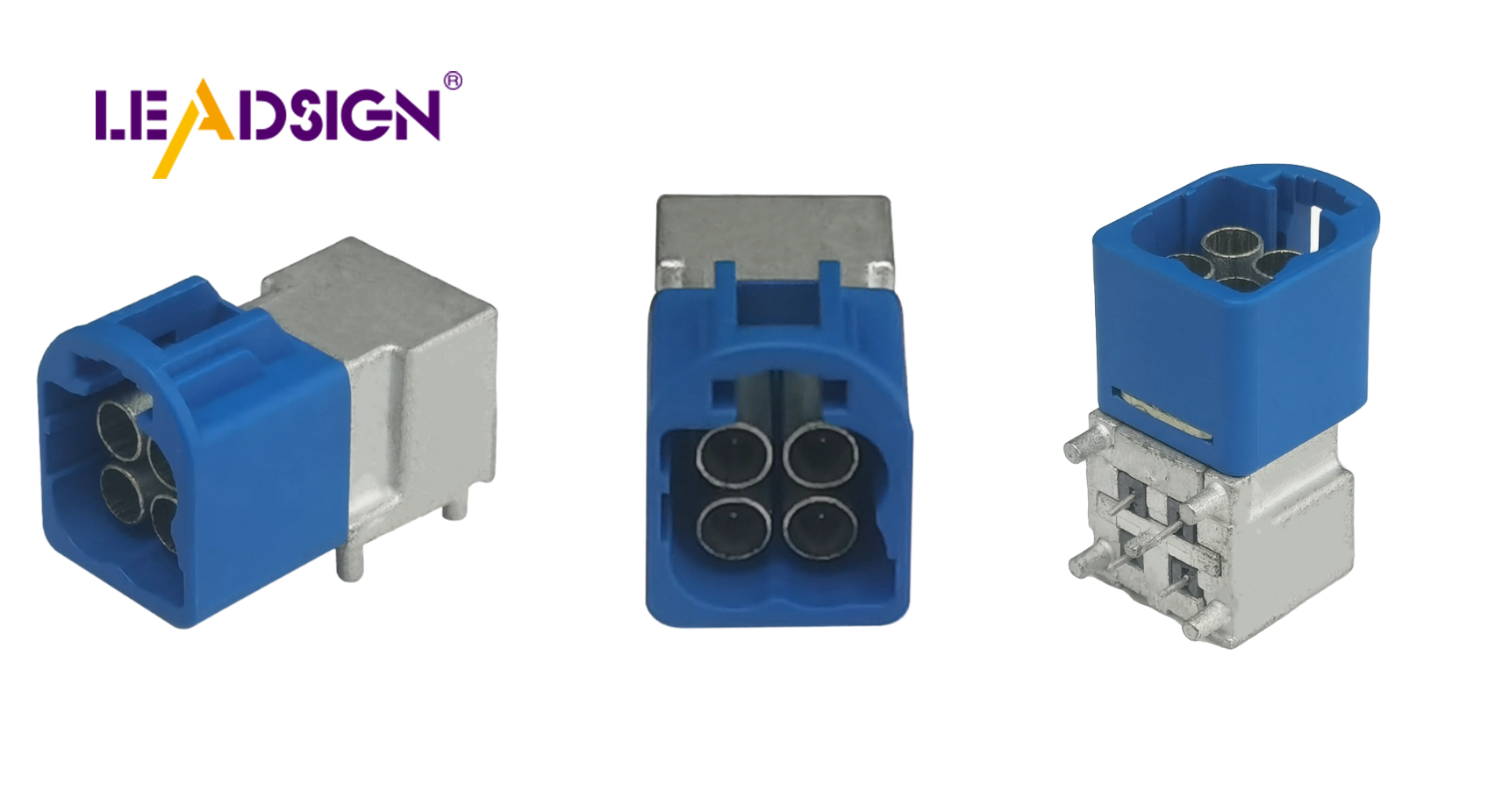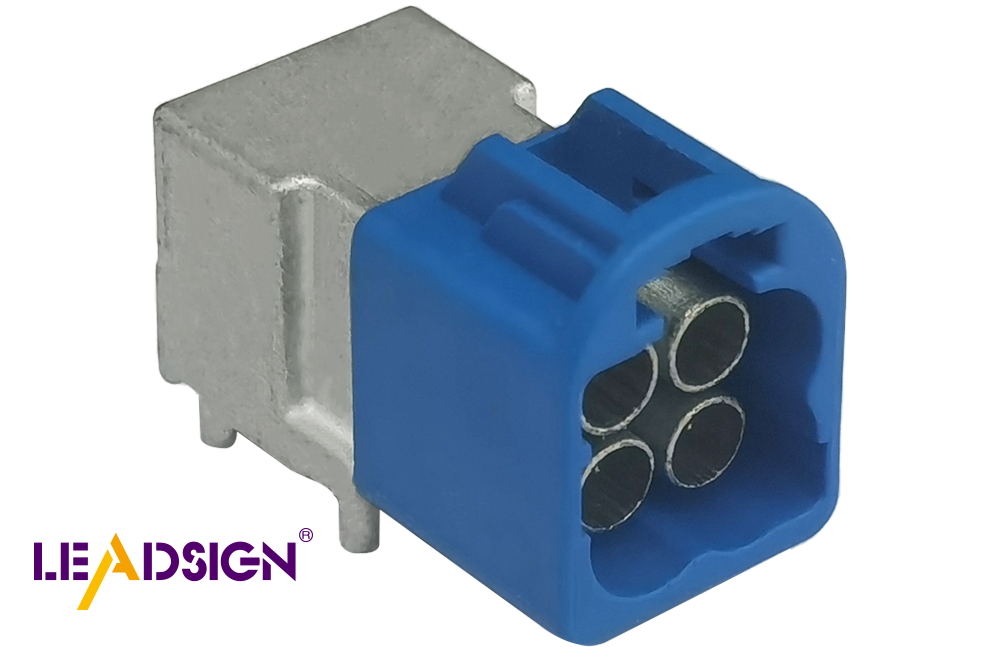Unlocking the Secrets of Auto Wire Connector Types

Automotive electrical connectors types are crucial in modern vehicles, ensuring safe and efficient connections between components. These connectors play a vital role in automotive electronics by transmitting signals and power across various systems. As vehicles become increasingly advanced, the demand for superior connections grows. By 2022, the cable-to-wire type is expected to account for 50% of the market, highlighting its significance. Understanding the different types of automotive electrical connectors is essential for maintaining the functionality and safety of car systems, ensuring seamless communication between all parts.
Types of Auto Wire Connectors

Knowing different automotive electrical connectors types is important for car electronics. These connectors help cars work well by sharing energy and information.
HSD Connectors
Features and Benefits
HSD Connectors are great for fast data transfer. They work with things like LVDS cameras, USBs, and IEEE 1394. They have locks to keep connections safe, and crimping makes them strong. They hold cables tightly and are very reliable.
Specific Uses in Automotive Industry
In cars, HSD Connectors are used in infotainment systems and networks. They help move data quickly, which is key for modern cars with advanced tech. These connectors make sure everything works safely.
Crimp Connectors
Mechanical Properties
Crimp Connectors are popular because they are strong. They squeeze onto wires to stay connected, even when things shake or move.
Electrical Properties
The electric features of Crimp Connectors are also good. They let power flow easily with low resistance. This makes them a top pick among different automotive connector types.
Other Connector Types
Waterproof Connectors
Waterproof Connectors protect against water in tough places. They use seals like grommets and O-rings to keep water out, making them crucial for car use.
High-Amperage Connectors
High-Amperage Connectors handle big currents for things like charging batteries. They manage high power safely without overheating, showing their value in car systems.
Technical Parts of Connectors
Locking Systems
Locking systems in car connectors keep them secure. They stop accidental unplugging, which is important for car safety. These systems are key in keeping cars safe and secure. Metal connectors are strong and often have good locks.
Why Secure Connections Matter
Secure connections stop power or data problems in cars. Locks help keep things steady, even when cars shake or move. This steadiness is crucial for electric cars where cable-to-wire connectors send power.
Types of Locking Systems
Different locks fit different connector types. Some common ones are:
Snap Locks: Quick to connect and disconnect, great for frequent use.
Screw Locks: Strong and more permanent, good for shaky places.
Latch Locks: Easy yet secure, used where regular checks happen.
Crimp Connections
Crimp connections are liked because they work well and are easy to use. They squeeze onto wires tightly.
How It's Done and Tools Needed
Crimping needs special tools to do it right. A tool presses the connector onto the wire firmly. It’s simple but must be done carefully to avoid damage.
Benefits Over Other Ways
Crimp connections have benefits over others. They let electricity flow easily with low resistance. They also stay tight longer, perfect for reliable car parts.
Cable Holding Strength
Cable holding strength means how well a connector keeps a cable in place. This strength is vital for keeping connections solid in car connectors.
What It Is and Why It Matters
Holding strength makes sure cables stay put under stress or movement. It's important for connector performance, especially with car vibrations.
Things That Affect Holding Strength
Many things affect cable holding strength like:
Connector Design: Good designs grip cables better.
Material Quality: Better materials hold cables tighter.
Environmental Conditions: Heat or wetness can change holding strength; choose right connectors for conditions.
Uses in Cars and Telecom
Automotive electrical connectors types are important for cars and telecom. They help systems work well and safely by making sure connections are strong.
Role in Safety Systems
These connectors are key for safety. They join parts that keep people safe in cars.
Examples of Safety Uses
Airbag Systems: Connectors link sensors to airbags so they open fast in crashes.
Stability Control Systems: These keep sensors talking to control units, helping the car stay steady.
Anti-lock Braking Systems (ABS): Connectors send signals from wheels to brakes, stopping wheel lock-up.
Importance in Data Movement
In safety, moving data fast is crucial. Connectors help data move quickly so safety features act fast. This speed can stop accidents and save lives.
Use in Data Movement
Connectors are needed for sending data. They allow quick fast data transfer and work well even when conditions are tough.
Fast Data Transfer
Infotainment Systems: Connectors let you stream music and videos easily while driving.
Navigation Systems: They make sure GPS gives correct info on time.
Telematics: Connectors help cars talk to each other and roads, improving traffic flow.
Working Well in Tough Spots
Connectors handle tough conditions like heat, wetness, and shaking without failing. This makes them great for both cars and telecom where being reliable matters most.
Picking the right connector is very important for car systems to work well. These connectors help cars talk and share power smoothly. As cars change, makers create new ways to meet needs like electric cars and self-driving features. New materials and designs help shape future car tech and safety. Wire-to-wire connectors in cars are still needed. They help new cars improve and make driving better everywhere.
See Also
Discovering the Advantages of FAKRA-Mini Connectors in Automotive
Investigating the Advantages of Fakra Auto Connectors
Realizing the Potential of FAKRA Coaxial Connectors

